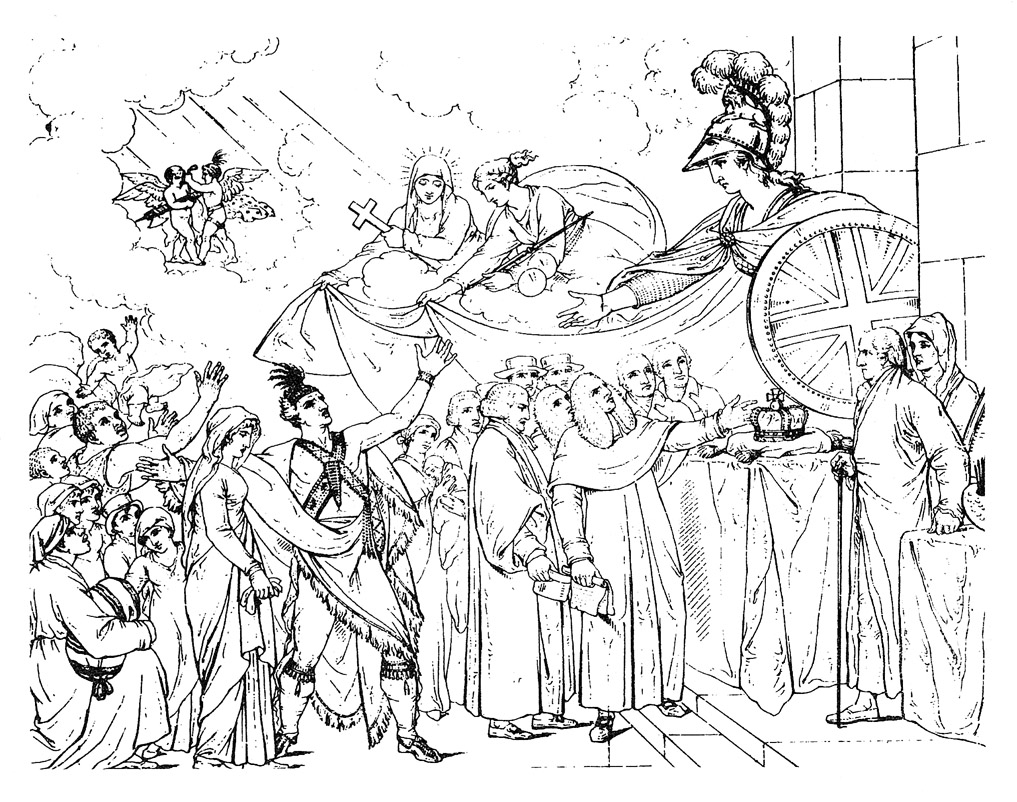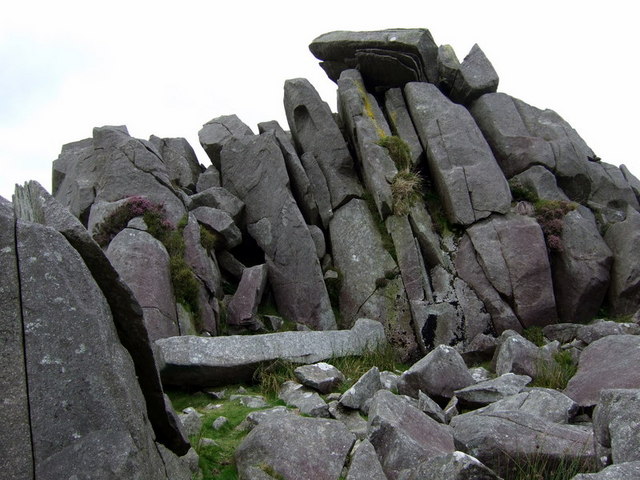|
Wolf Township, Pennsylvania
Wolf Township is a List of municipalities in Lycoming County, Pennsylvania, township in Lycoming County, Pennsylvania, Lycoming County, Pennsylvania, United States. The population was 3,109 at the 2020 United States Census, 2020 census. It is part of the Williamsport, Pennsylvania, Williamsport Metropolitan Statistical Area. History Wolf Township was formed from part of Muncy Township, Pennsylvania, Muncy Township by the Court of Quarter Sessions of the Peace of Lycoming County in 1834. The township is named for George Wolf, governor of Pennsylvania from 1829 to 1835. The boroughs of Hughesville, Pennsylvania, Hughesville and Picture Rocks, Pennsylvania, Picture Rocks are on land that was taken from Wolf Township. Wolf Township has grown to a population of 2,907 residents as of the 2010 census, up from 734 residents at the census of 1890. Quarries The geology of Wolf Township played a role in its history. Limestone was quarried west of Hughesville for use as lime (material), lime, ... [...More Info...] [...Related Items...] OR: [Wikipedia] [Google] [Baidu] |
Township (Pennsylvania)
Under the laws of the Commonwealth of Pennsylvania, a township is the lowest level of municipal incorporation of government. All of Pennsylvania's community, communities outside of incorporated local government in Pennsylvania#City, cities, borough (Pennsylvania), boroughs, and Bloomsburg, Pennsylvania#History, one town has been incorporated into a township which serves as the legal entity providing local self-government functions. In general, townships in Pennsylvania encompass larger land areas than other Municipality, municipalities, and tend to be located in suburban, exurban, or rural parts of the commonwealth. As with other incorporated municipalities in Pennsylvania, townships exist within local government in Pennsylvania#County, counties and are subordinate to or dependent upon the county level of government. History The creation of townships within Pennsylvania dates to the seventeenth century and the colonial period. Much of the province of Pennsylvania was occupied by ... [...More Info...] [...Related Items...] OR: [Wikipedia] [Google] [Baidu] |
Picture Rocks, Pennsylvania
Picture Rocks is a borough in Lycoming County, Pennsylvania, United States. The 2020 census measured the population at 640. It is part of the Williamsport, Pennsylvania Metropolitan Statistical Area. Notable person Picture Rocks is the birthplace of Warren Sprout, who won a shooting gold medal at the 1912 Olympics. History Picture Rocks was incorporated as a borough on September 27, 1875 from land formerly included in Wolf Township. However, its recorded history began a century earlier. The earliest settlers arrived in 1773 and observed Indian pictographs (no longer extant) in the Muncy Creek valley. The borough occupies the site of a Munsee Indian village, evidenced by arrowheads and other relics found in the vicinity of the creek. The Province of Pennsylvania issued the first warrant for property in the Picture Rocks area to Henry Rody on June 3, 1773. The land remained largely undeveloped passing through several hands until it was sold in 1848 to A. R. Sprout and Amos ... [...More Info...] [...Related Items...] OR: [Wikipedia] [Google] [Baidu] |
Loyalist (American Revolution)
Loyalists were colonists in the Thirteen Colonies who remained loyal to the British Crown during the American Revolutionary War, often referred to as Tories, Royalists or King's Men at the time. They were opposed by the Patriots, who supported the revolution, and called them "persons inimical to the liberties of America." Prominent Loyalists repeatedly assured the British government that many thousands of them would spring to arms and fight for the crown. The British government acted in expectation of that, especially in the southern campaigns in 1780–81. Britain was able to effectively protect the people only in areas where they had military control, and in return, the number of military Loyalists was significantly lower than what had been expected. Due to the conflicting political views, loyalists were often under suspicion of those in the British military, who did not know whom they could fully trust in such a conflicted situation; they were often looked down upon. Pat ... [...More Info...] [...Related Items...] OR: [Wikipedia] [Google] [Baidu] |
American Revolutionary War
The American Revolutionary War (April 19, 1775 – September 3, 1783), also known as the Revolutionary War or American War of Independence, was a major war of the American Revolution. Widely considered as the war that secured the independence of the United States, fighting began on April 19, 1775, followed by the Lee Resolution on July 2, 1776, and the Declaration of Independence on July 4, 1776. The American Patriots were supported by the Kingdom of France and, to a lesser extent, the Dutch Republic and the Spanish Empire, in a conflict taking place in North America, the Caribbean, and the Atlantic Ocean. Established by royal charter in the 17th and 18th centuries, the American colonies were largely autonomous in domestic affairs and commercially prosperous, trading with Britain and its Caribbean colonies, as well as other European powers via their Caribbean entrepôts. After British victory over the French in the Seven Years' War in 1763, tensions between the motherland and he ... [...More Info...] [...Related Items...] OR: [Wikipedia] [Google] [Baidu] |
Landscape
A landscape is the visible features of an area of land, its landforms, and how they integrate with natural or man-made features, often considered in terms of their aesthetic appeal.''New Oxford American Dictionary''. A landscape includes the physical elements of geophysically defined landforms such as (ice-capped) mountains, hills, water bodies such as rivers, lakes, ponds and the sea, living elements of land cover including indigenous vegetation, human elements including different forms of land use, buildings, and structures, and transitory elements such as lighting and weather conditions. Combining both their physical origins and the cultural overlay of human presence, often created over millennia, landscapes reflect a living synthesis of people and place that is vital to local and national identity. The character of a landscape helps define the self-image of the people who inhabit it and a sense of place that differentiates one region from other regions. It is the dyn ... [...More Info...] [...Related Items...] OR: [Wikipedia] [Google] [Baidu] |
Stair Tread
A stair tread is the horizontal portion of a set of stairs on which a person walks. The tread can be composed of wood, metal, plastic, or other materials. In residential settings, treads can be covered in carpeting. Stair treads can come in non-slip varieties, particularly in commercial or industrial locations. Styles of tread There are a number of different styles of tread: Mid flight treads. ;Straight or flier.: A standard oblong shaped tread. used in a straight flight. ;Diminishing flier.: Set into the straight section of flight before a turn, with one end narrower than the other Used to change the pitch of the handrail before a 180º turn. ;Winder.: wider at one end, used to turn the flight. ;Kite winder.: A quadrilateral shaped tread, used in the corner of a turn: hence the kite name. Feature or starting treads. These treads are used to embellish the start of a flight of stairs, they may have either a straight front to them or a commode/curved front to enhance them furthe ... [...More Info...] [...Related Items...] OR: [Wikipedia] [Google] [Baidu] |
Bluestone
Bluestone is a cultural or commercial name for a number of dimension or building stone varieties, including: * basalt in Victoria, Australia, and in New Zealand * dolerites in Tasmania, Australia; and in Britain (including Stonehenge) * feldspathic sandstone in the US and Canada * limestone in the Shenandoah Valley in the US, from the Hainaut quarries in Soignies, Belgium, and from quarries in County Carlow, County Galway and County Kilkenny in Ireland * slate in South Australia Stonehenge The term "bluestone" in Britain is used in a loose sense to cover all of the "foreign," not intrinsic, stones and rock debris at Stonehenge. It is a "convenience" label rather than a geological term, since at least 46 different rock types are represented. One of the most common rocks in the assemblage is known as Preseli Spotted Dolerite—a chemically altered igneous rock containing spots or clusters of secondary minerals replacing plagioclase feldspar. It is a medium grained dark and ... [...More Info...] [...Related Items...] OR: [Wikipedia] [Google] [Baidu] |
Chemical
A chemical substance is a form of matter having constant chemical composition and characteristic properties. Some references add that chemical substance cannot be separated into its constituent elements by physical separation methods, i.e., without breaking chemical bonds. Chemical substances can be simple substances (substances consisting of a single chemical element), chemical compounds, or alloys. Chemical substances are often called 'pure' to set them apart from mixtures. A common example of a chemical substance is pure water; it has the same properties and the same ratio of hydrogen to oxygen whether it is isolated from a river or made in a laboratory. Other chemical substances commonly encountered in pure form are diamond (carbon), gold, table salt (sodium chloride) and refined sugar (sucrose). However, in practice, no substance is entirely pure, and chemical purity is specified according to the intended use of the chemical. Chemical substances exist as solids, liquids, ... [...More Info...] [...Related Items...] OR: [Wikipedia] [Google] [Baidu] |
Mortar (masonry)
Mortar is a workable paste which hardens to bind building blocks such as stones, bricks, and concrete masonry units, to fill and seal the irregular gaps between them, spread the weight of them evenly, and sometimes to add decorative colors or patterns to masonry walls. In its broadest sense, mortar includes pitch, asphalt, and soft mud or clay, as those used between mud bricks, as well as cement mortar. The word "mortar" comes from Old French ''mortier'', "builder's mortar, plaster; bowl for mixing." (13c.). Cement mortar becomes hard when it cures, resulting in a rigid aggregate structure; however, the mortar functions as a weaker component than the building blocks and serves as the sacrificial element in the masonry, because mortar is easier and less expensive to repair than the building blocks. Bricklayers typically make mortars using a mixture of sand, a binder, and water. The most common binder since the early 20th century is Portland cement, but the ancient binder lim ... [...More Info...] [...Related Items...] OR: [Wikipedia] [Google] [Baidu] |
Concrete
Concrete is a composite material composed of fine and coarse aggregate bonded together with a fluid cement (cement paste) that hardens (cures) over time. Concrete is the second-most-used substance in the world after water, and is the most widely used building material. Its usage worldwide, ton for ton, is twice that of steel, wood, plastics, and aluminum combined. Globally, the ready-mix concrete industry, the largest segment of the concrete market, is projected to exceed $600 billion in revenue by 2025. This widespread use results in a number of environmental impacts. Most notably, the production process for cement produces large volumes of greenhouse gas emissions, leading to net 8% of global emissions. Other environmental concerns include widespread illegal sand mining, impacts on the surrounding environment such as increased surface runoff or urban heat island effect, and potential public health implications from toxic ingredients. Significant research and development is ... [...More Info...] [...Related Items...] OR: [Wikipedia] [Google] [Baidu] |
Lime (material)
Lime is a calcium-containing inorganic material composed primarily of oxides and hydroxide, usually calcium oxide and/or calcium hydroxide. It is also the name for calcium oxide which occurs as a product of coal-seam fires and in altered limestone xenoliths in volcanic ejecta. The International Mineralogical Association recognizes lime as a mineral with the chemical formula of CaO. The word ''lime'' originates with its earliest use as building mortar and has the sense of ''sticking or adhering''. These materials are still used in large quantities as building and engineering materials (including limestone products, cement, concrete, and mortar), as chemical feedstocks, and for sugar refining, among other uses. Lime industries and the use of many of the resulting products date from prehistoric times in both the Old World and the New World. Lime is used extensively for wastewater treatment with ferrous sulfate. The rocks and minerals from which these materials are derived, typ ... [...More Info...] [...Related Items...] OR: [Wikipedia] [Google] [Baidu] |







